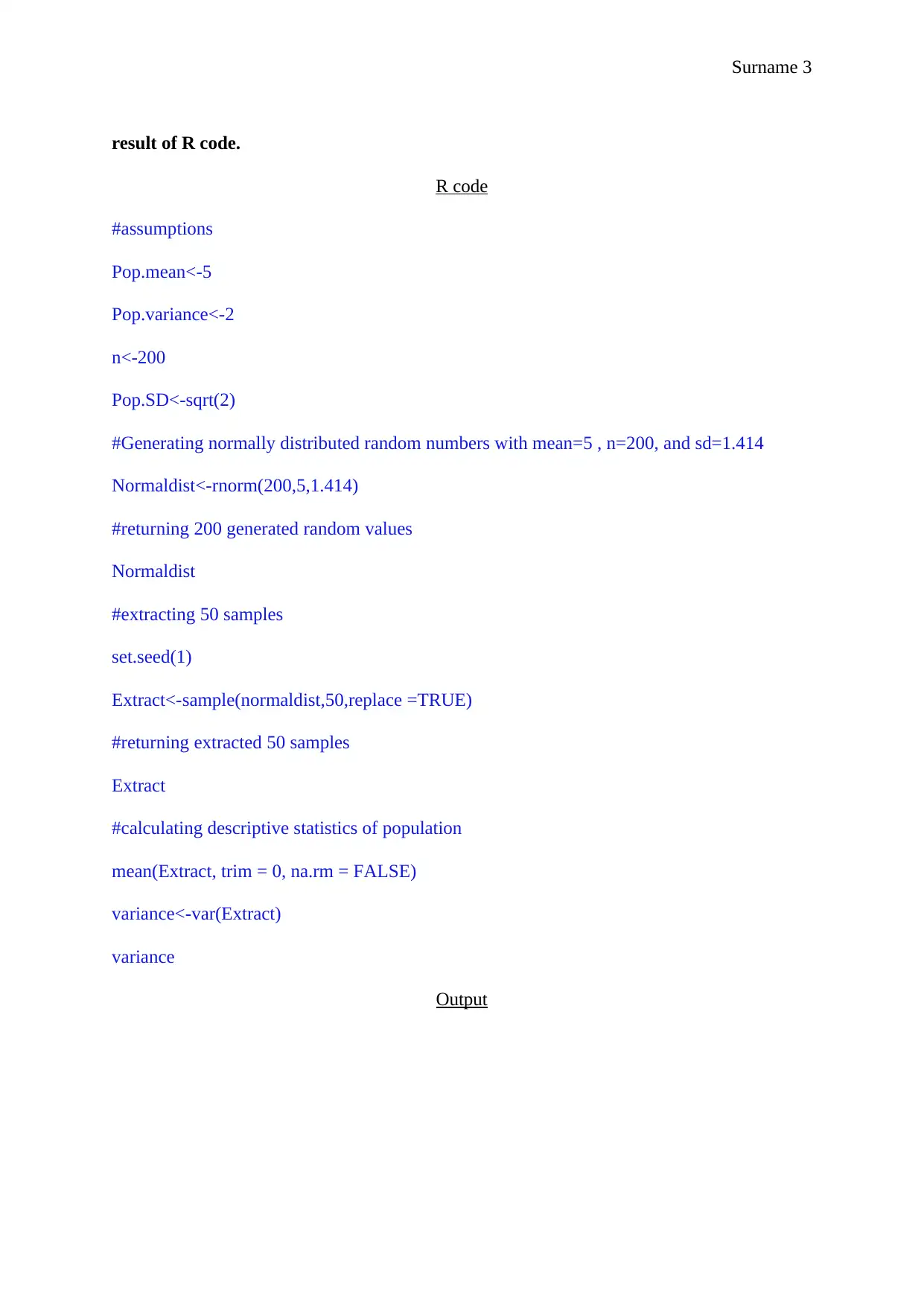Bayesian Approach Assignment
VerifiedAdded on 2023/05/29
|11
|1406
|202
AI Summary
This assignment covers the Bayesian approach with solved examples and R code. It includes calculating probability using Monte Carlo and importance sampling methods, finding conditional posterior distribution of sigma and beta using Gibbs sampling method, and diagnosing convergence using time-series plot and autocorrelation plot.
Contribute Materials
Your contribution can guide someone’s learning journey. Share your
documents today.
1 out of 11

















![[object Object]](/_next/static/media/star-bottom.7253800d.svg)